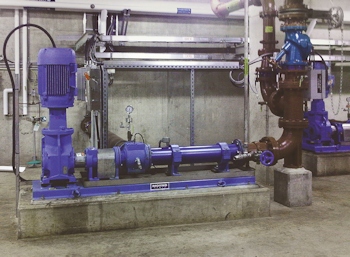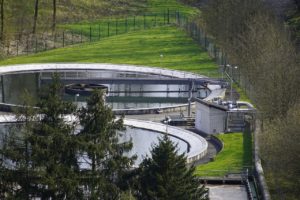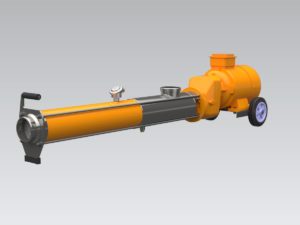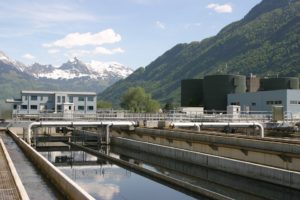City of Hamilton, Ontario Wastewater Treatment Plant Chooses Moyno’s New Urethane Stators to Increase Pump Life
The City of Hamilton, Ontario Wastewater Treatment Plants (WWTP) collect both sanitary and combined sewage (wastewater). The collection system services not only the City of Hamilton, but also the surrounding areas including the towns of Dundas, Ancaster, Water Down, Glanbrook Township, and the former City of Stoney Creek.

Moyno Pump installed in Hamilton, Ontario WWTP (Image: Moyno)
The City of Hamilton’s Woodward Avenue WWTP began operations in 1964 and today averages 409 million liters per day with a peak capacity of over 600 million liters per day. The successful operation of the City of Hamilton’s waste water treatment is vital to the surrounding environment especially the Hamilton Harbor.
The City of Hamilton WWTP have continuously battled with the abrasive quality of the processed water. The abrasive sludge has caused shortened life for their nitrile stators and became an issue due to the cost of continuous maintenance and replacement stators.
Moyno partnered with the City of Hamilton to test Moyno’s new Urethane stators in their abrasive municipal sludge application. The success of the Moyno Urethane stator far exceeded their expectations. The City of Hamilton has ordered five additional new urethane replacement stators for their pumps after the first urethane stator outlasted the nitrile stator by more than ten times and continued to run without failure. As the City of Hamilton continues to expand, the Moyno Urethane stator will lower maintenance costs and significantly reduce down time for the City of Hamilton’s wastewater treatment operation.
Source: Moyno







